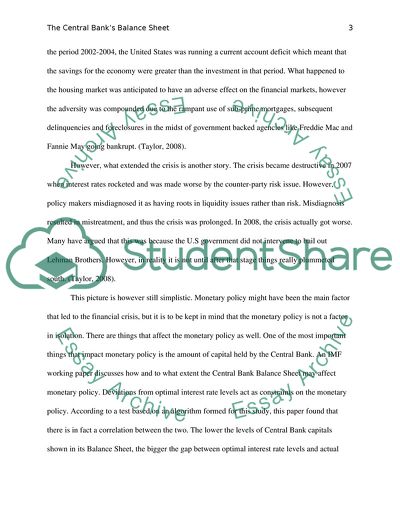Cite this document
(The Central Banks Balance Sheet and the Financial Crisis Essay, n.d.)
The Central Banks Balance Sheet and the Financial Crisis Essay. https://studentshare.org/finance-accounting/1779350-the-central-banks-balance-sheet-and-the-financial-crisis
The Central Banks Balance Sheet and the Financial Crisis Essay. https://studentshare.org/finance-accounting/1779350-the-central-banks-balance-sheet-and-the-financial-crisis
(The Central Banks Balance Sheet and the Financial Crisis Essay)
The Central Banks Balance Sheet and the Financial Crisis Essay. https://studentshare.org/finance-accounting/1779350-the-central-banks-balance-sheet-and-the-financial-crisis.
The Central Banks Balance Sheet and the Financial Crisis Essay. https://studentshare.org/finance-accounting/1779350-the-central-banks-balance-sheet-and-the-financial-crisis.
“The Central Banks Balance Sheet and the Financial Crisis Essay”. https://studentshare.org/finance-accounting/1779350-the-central-banks-balance-sheet-and-the-financial-crisis.


